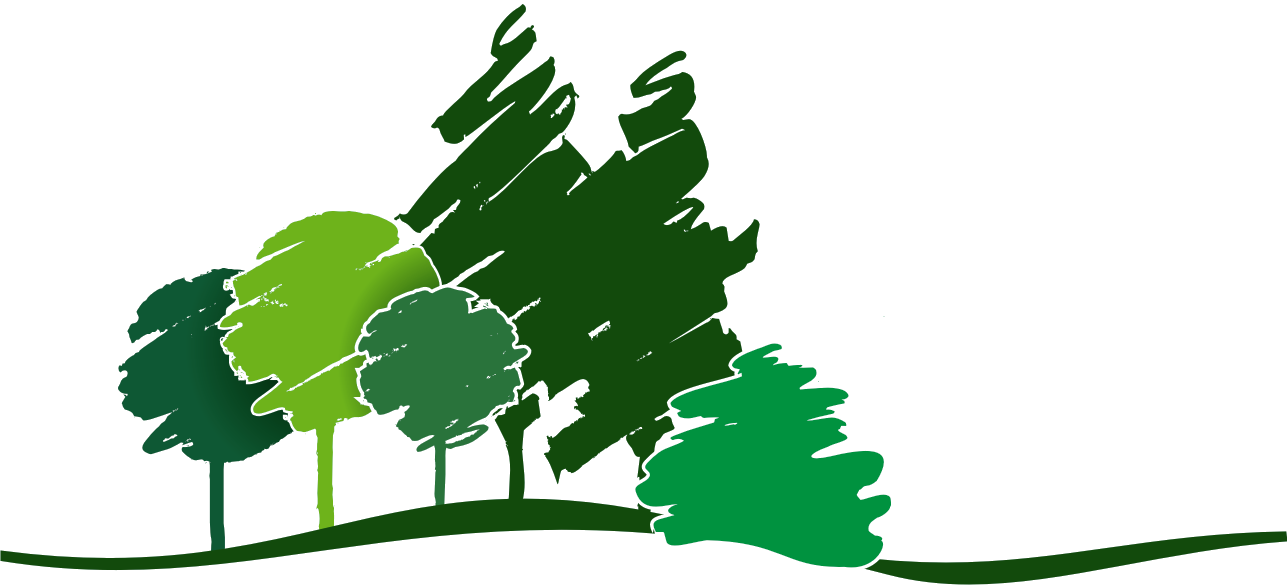As we approach the end of Canadian Library Month, we still love libraries. And we’re not the only ones. Studies by the Pew Research Centre revealed that along with nurses and firefighters, librarians are among only a handful of groups and institutions that Americans still trust. Pew’s library research also brought attention to the unexpected revelation that millennials love libraries and continue to support and make use them.
The National Endowment for the Humanities (U.S.) magazine recently published an article that discusses the complicated role of modern public libraries. Jennifer Howard, author of the article, points out that “You don’t need money or a library card to access a multitude of on-site resources that includes books, e-books and magazines, job-hunting assistance, computer stations, free Wi-Fi, and much more. And the library will never share or sell your personal data.” Is there any other place that can say that? Through her research into public libraries in America, Jennifer found that “libraries have proved over and over again, through decades of rapid change and predictions of obsolescence, that they remain essential to Americans’ lives.”
In fact, New York state has recognized that the more rural or economically disadvantaged a community is, the more it needs its public library to thrive. Therefore, recent state legislation commits more funding to rural and economically disadvantaged public libraries. Governor Andrew Cuomo, who signed the bill into law, stated in a press release: “Libraries are cornerstones of any community and great equalizers that provide resources and access to information to all New Yorkers, no matter who they are, where they come from, or how rich or poor they are.” Can you feel the love?
Congratulations to New York State, and to all other elected officials who recognize the importance of the public library in modern society and the even greater importance of public libraries in rural communities.

